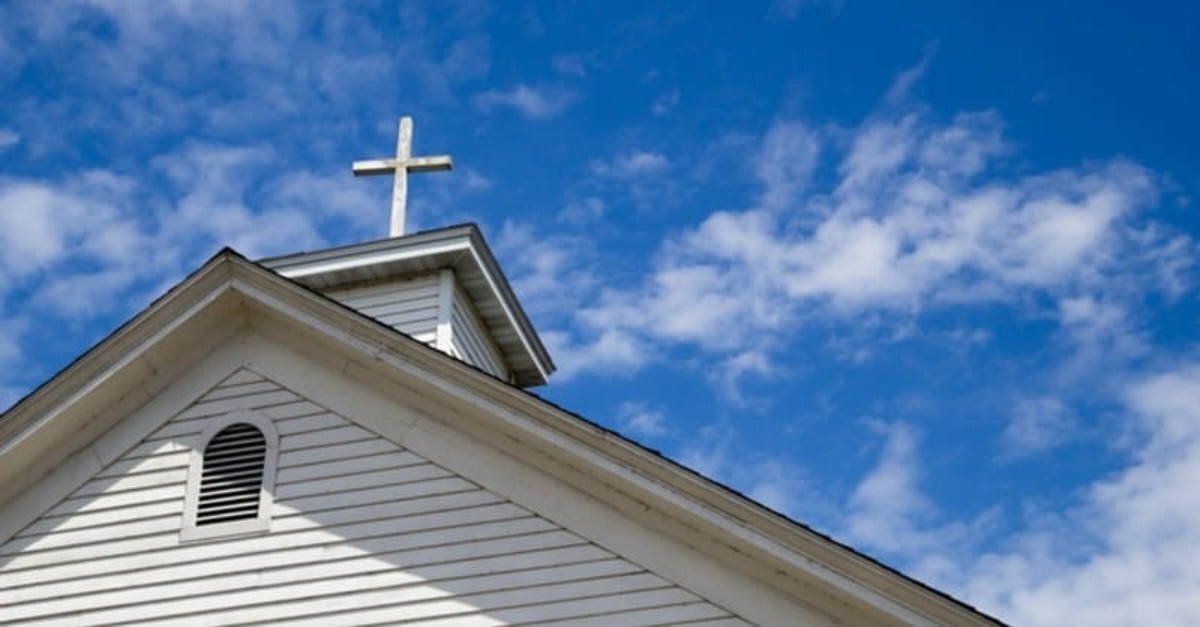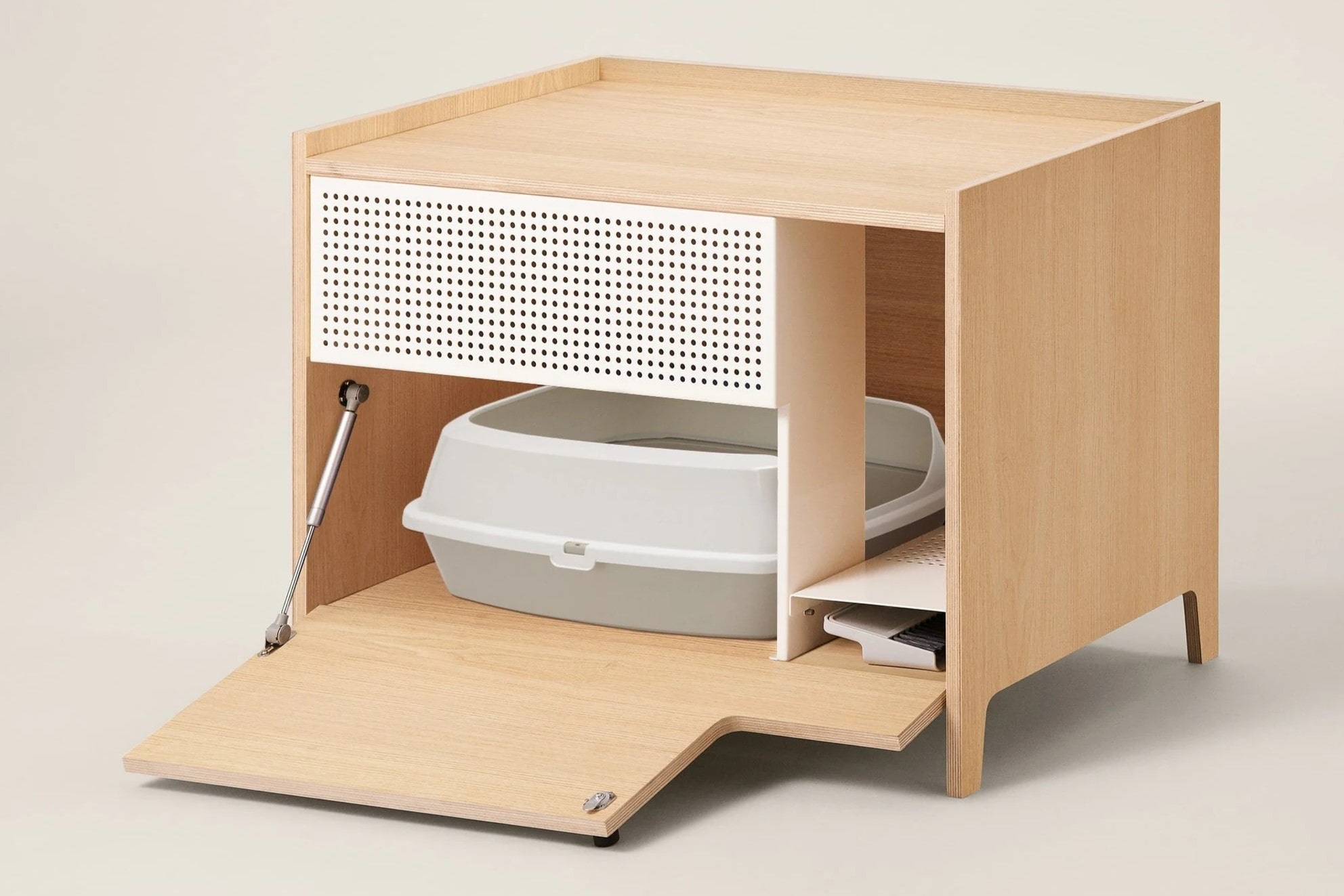
Nevada makes up the 36th state of the USA, and a diamond in the rough at that. With its desert landscape, people could argue that the state would have limited value. However, Nevada today boasts one of the USA’s most powerful economies, drawing people and money from around the world. Learn more with these 80 Nevada facts.
- The state covers an estimated total area of 290,000 km².
- This makes the state the 7th largest in the entire USA.
- At 2,048 km², water makes up less than 1% of Nevada’s total area.
- An estimated 3.2 million people live in Nevada today.
- This gives the state a population density of 11 people for every km².
- Francisco Garces became the first European to arrive in Nevada during the 1770s.
- Nevada became part of Mexico as Alta California on Mexico’s independence in 1821.
- After the Mexican-American War, Alta California became part of the US Territory of Utah in 1848.
- Nevada later broke off as its own US Territory in 1861.
- Nevada became a US State during the American Civil War after a convention voted in Carson City in 1864.
- Gold and silver mining became the main industry of Nevada in the late-19th century.
- Copper mining briefly boomed in Nevada during the early-20th century.
- Nevada’s economy diversified ironically because of the Great Depression.
- WWII contributed to economic prosperity in Nevada.
- Gambling and other luxury businesses boomed in Nevada from the late-20th century onward.
- Most of Nevada falls under the USA’s Pacific time zone, or GMT-8.
- West Wendover makes up the exception, falling in the USA’s Mountain time zone, or GMT-7.
- Nevada’s people call themselves the Nevadans.
- The state has the official nickname of the Silver State.
- Other nicknames include the Sagebrush State or the Battleborn State.
Was this page helpful?
Our commitment to delivering trustworthy and engaging content is at the heart of what we do. Each fact on our site is contributed by real users like you, bringing a wealth of diverse insights and information. To ensure the highest standards of accuracy and reliability, our dedicated editors meticulously review each submission. This process guarantees that the facts we share are not only fascinating but also credible. Trust in our commitment to quality and authenticity as you explore and learn with us.


